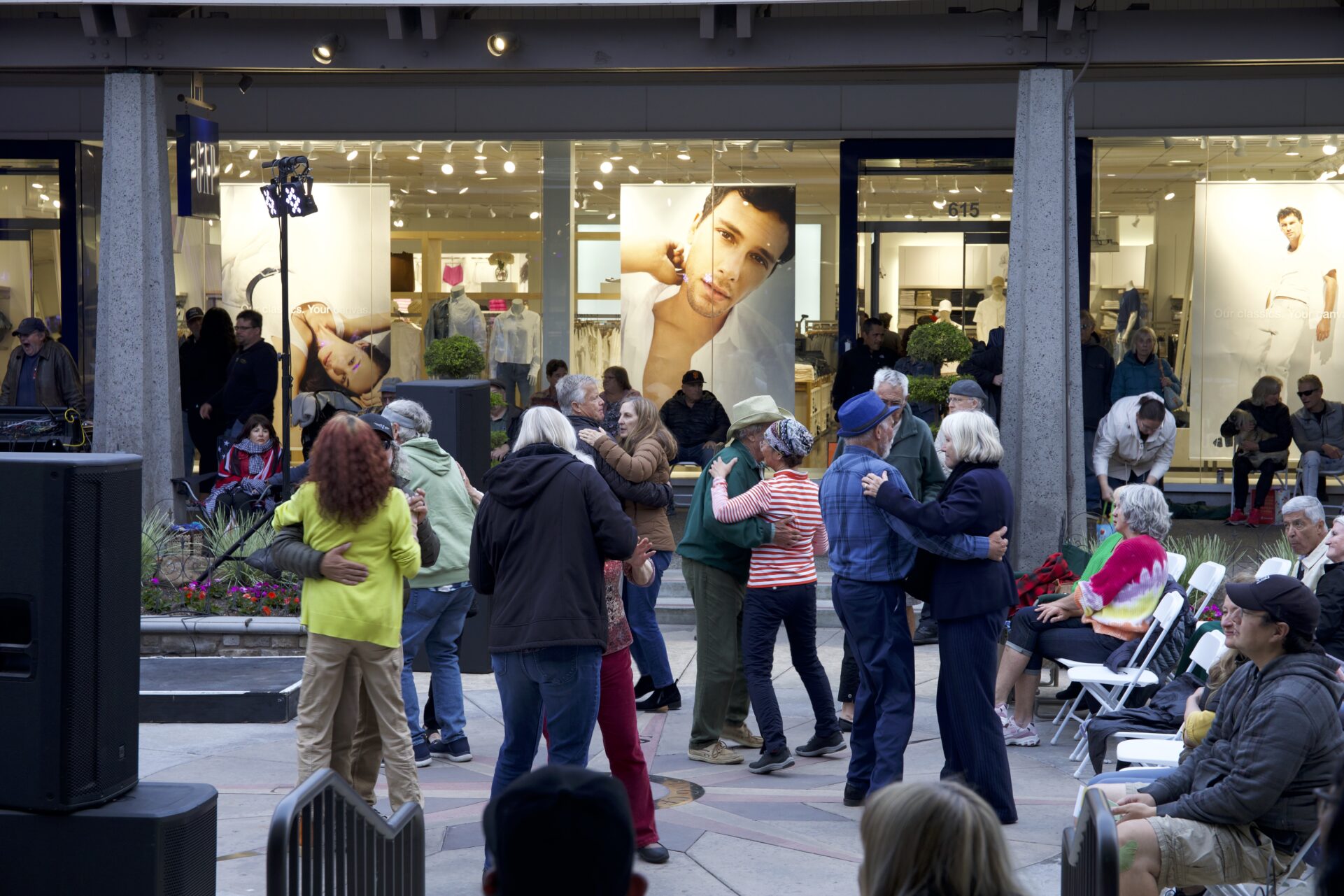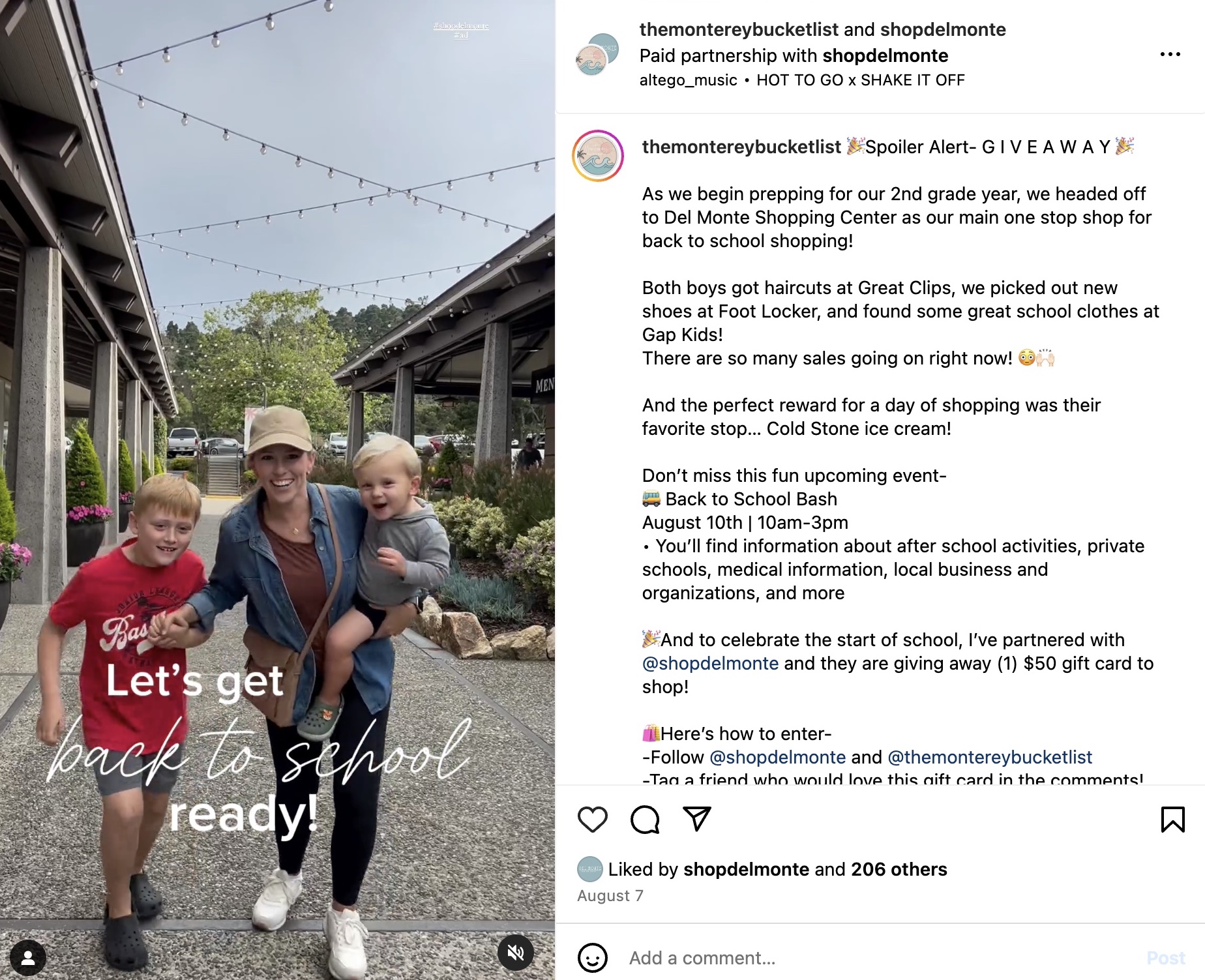8 Influencer Marketing Trends: What Brands Need to Know

September 19, 2024
Table of Contents
- The Rise of Nano and Micro-Influencers
- Long-Term Collaborations Over One-Off Campaigns
- The Rise of Creator-Led Content on Owned Channels
- AI-Powered Influencers and Virtual Creators
- Emphasis on Authenticity and Transparency
- Diversification Across Platforms
- Shoppable Content and Influencer Commerce
- Data-Driven Influencer Marketing
Influencer marketing has become a driving force in today’s digital ecosystem, continuously evolving with new trends and strategies. The influencer landscape is more dynamic than ever, offering brands fresh opportunities to connect with audiences in authentic, impactful ways. Whether you’re a startup building your presence or an established brand looking to maintain relevance, understanding these key trends will help you stay ahead of the curve.
Below we explore 8 influencer marketing trends along with some examples of how to leverage to build lasting, meaningful connections with consumers.
1. The Rise of Nano and Micro-Influencers
Gone are the days when only big-name influencers dominated the marketing scene. This year, nano-influencers (1,000 to 10,000 followers) and micro-influencers (10,000 to 100,000 followers) continue to gain prominence. Their smaller yet highly engaged audiences offer a more intimate, relatable connection that feels less like traditional advertising and more like genuine recommendations from a trusted friend.
For brands, this means a greater focus on building long-term partnerships with nano and micro-influencers who embody their values and voice. These influencers have earned high levels of trust from their followers, and brands partnering with them can benefit from increased engagement, stronger brand loyalty, and more authentic user-generated content.
For Northern California client, Del Monte Shopping Center, we regularly use micro-influencers to promote seasonal themes or special events. Two recent programs included a “Beach Day” and “Back-to-School” shopping with a local relatable influencer. Instagram reels were created and also used cross-platform on Facebook and TikTok. The result was 42,995 video views, new followers and genuine, responsive content.
Tip: Consider cultivating relationships with niche influencers who offer quality engagement rather than focusing solely on follower count.

Sample Instagram Influencer Post
2. Long-Term Collaborations Over One-Off Campaigns
The era of one-time influencer promotions is fading. Brands and influencers are increasingly shifting toward long-term partnerships that feel more authentic and offer sustainable results. This shift enables influencers to become true ambassadors for brands, creating content that feels organic and aligns with their personal values and daily lives.
Long-term collaborations also offer brands the opportunity to tell a more cohesive story. As influencers work with brands over months or even years, they can create a consistent narrative that builds trust with their audience. Moreover, it allows brands to gather deeper insights into influencer performance and optimize future campaigns.
Tip: Investing in long-term influencer partnerships can lead to stronger relationships with your target audience, higher ROI, and increased brand credibility.
3. The Rise of Creator-Led Content on Owned Channels
Influencers are no longer limited to social media platforms like Instagram, TikTok, and YouTube. We are seeing more brands integrating influencer-generated content into their owned channels, such as websites, email newsletters, and e-commerce platforms. By leveraging influencer content in this way, brands can enhance the authenticity of their marketing efforts while reaching a wider audience.
Creator-led content resonates with consumers because it feels more genuine than traditional advertising. Additionally, featuring influencer content on your own channels can boost conversion rates, as followers who trust the influencer’s recommendations are more likely to engage with the brand directly.
Tip: Don’t just rely on influencers to post content on their social platforms. Consider amplifying their content across your brand’s channels for a holistic, multi-touchpoint strategy.
4. AI-Powered Influencers and Virtual Creators
Artificial intelligence (AI) and virtual influencers are no longer just buzzwords. These tech-driven influencers are becoming key players in the influencer marketing space. Brands are expected to continue experimenting with AI-powered influencers and virtual creators, whose realistic appearances and behavior blur the lines between human and machine.
What makes virtual influencers appealing to brands is their controllability and predictability. They are free from scandals, are available 24/7, and can be tailored to fit a brand’s specific image and message. While AI-powered influencers aren’t likely to fully replace human influencers, they are expected to play a bigger role in brand strategies, particularly for industries like fashion, technology, and gaming.
Though AI has been a part of Influencer marketing over the better part of a decade. The last year has seen a huge jump in capabilities and usage. In September 2023, Meta introduced a series of digital AI influencers with the faces and styles of actual celebrities. Though Meta recently shut down the use of these AI chatbots in July of this year, they replaced them with AI Studio. A tool that provides creators with more control over the AI chatbot, which Meta believes will create more unique and powerful experiences.
Other unique AI influencer applications can be seen with HeyGen’s new URL to video capabilities. With HeyGen users have the ability to create their own AI avatar to be used for personalized UGC-style content. After creating your own avatar, HeyGen only needs a product-page URL to generate UGC-style content that can be deployed in customer emails, social channels.
Artists and celebrities seem to also be taking advantage of the recent advancements of AI in the influencer sector. Musician and Producer, Grimes, used AI software to mimic her voice and allows other artists to record and upload vocals that can be transformed into Grimes’ own voice. Artists can commercially release the results in exchange for Grimes taking a percentage of the royalties.
Tip: As virtual influencers rise in popularity, consider experimenting with AI-powered personalities to complement your human influencer campaigns and capture tech-savvy audiences.
5. Emphasis on Authenticity and Transparency
In a digital age saturated with advertising, consumers have become more selective about the content they trust. Authenticity is paramount, and influencers who prioritize genuine engagement over overly promotional posts are gaining traction. Audiences crave honest reviews, real-life experiences, and transparent partnerships between influencers and brands.
Brands should expect heightened scrutiny regarding transparency in influencer marketing. Clear labeling of sponsored content and honest communication about brand partnerships are critical for maintaining credibility. Influencers who fail to maintain this transparency risk losing the trust of their followers, and by extension, the brand’s credibility as well.
Tip: Ensure that influencer partnerships are authentic and transparent. Both brands and influencers should prioritize genuine content that aligns with audience expectations to foster trust and long-term engagement.
6. Diversification Across Platforms
While Instagram and TikTok remain powerhouses in influencer marketing, diversification across platforms is becoming increasingly important. Brands will need to adopt a more multi-channel approach, working with influencers on platforms like Pinterest and LinkedIn.
Each platform offers its own unique audience, content format, and engagement style. For instance, LinkedIn is ideal for B2B influencer collaborations, while Pinterest allows for more evergreen content that drives long-term traffic. Exploring new or niche platforms can help brands tap into underserved audiences and diversify their content strategies.
Tip: Brands should explore multiple platforms and consider which are most aligned with their target audience, leveraging influencers who are native to each platform’s unique culture.
7. Shoppable Content and Influencer Commerce
E-commerce integration with social media platforms continues to blur the line between content and commerce. Shoppable posts and in-app purchasing have become critical tools in the influencer marketing toolkit, making it easier for consumers to buy products directly from influencer recommendations.
Platforms like Instagram, TikTok, and YouTube are expanding their shopping capabilities, allowing influencers to create shoppable content that shortens the path from discovery to purchase. As influencer commerce grows, brands can use this trend to drive conversions, offering exclusive deals, product drops, and limited-time offers through their influencer collaborations.
Well Connected Brands client, Greenwell Farms, located on the Big Island of Hawaii, integrates a shoppable experience into Instagram and Google. Greenwell Farms not only makes the best 100% Kona Coffee and is a true maverick in the industry, but also offers their free Farm Tour daily. When people are planning their Big Island vacations, Greenwell Farms is always a top tourist attraction. Integrating a shoppable experience within Instagram and Google allows people to experience and research the product before arriving at the farm. This allows for easy discoverability before and after visiting the farm and for e-commerce with one click via platforms outside of greenwellfarms.com.
Tip: Incorporate shoppable content into your influencer campaigns to streamline the customer journey and make it easy for followers to purchase products with just a few clicks.
8. Data-Driven Influencer Marketing
Brands are increasingly using data to inform their influencer marketing strategies, leveraging analytics to track engagement, conversions, and the overall effectiveness of campaigns. Data-driven insights allow brands to make more informed decisions, from selecting the right influencers to optimizing content strategies for better results.
AI-powered tools and platforms are making it easier than ever to measure the ROI of influencer campaigns. Brands can now access real-time data on metrics like reach, engagement, click-through rates, and sales, allowing for continuous optimization. Platforms like Google Analytics and Aspire can help brands track campaign effectiveness of their influencer partnerships. However, these tools evolve quickly as new companies harnessing AI enter the market, so staying on top of these products is vital. AI product reports like the recent Andreessen Horowitz Top 100 Gen AI Consumer Apps report provides an informative and real-time pulse of the AI landscape.
Tip: To maximize ROI, use data-driven tools to guide your influencer marketing efforts, measure success, and adjust your strategies as needed.
As influencer marketing continues to evolve, brands must stay agile and adapt to these emerging trends. Whether you’re focusing on authentic collaborations, leveraging AI-powered influencers, or embracing new platforms, the key to success lies in building genuine, long-term relationships with influencers and their audiences.
At Well Connected Brands, we understand the power of influencer marketing and how it can elevate your brand. If you’re ready to explore how influencer marketing can work for your business, we can help you craft a strategy that taps into these trends and delivers real results.
Stay ahead of the curve— call us at 949.229.5380 and let’s work together to create influencer campaigns that resonate, engage, and drive growth.